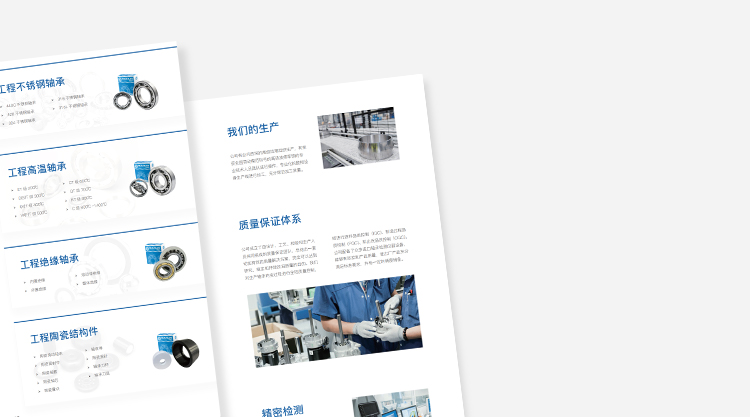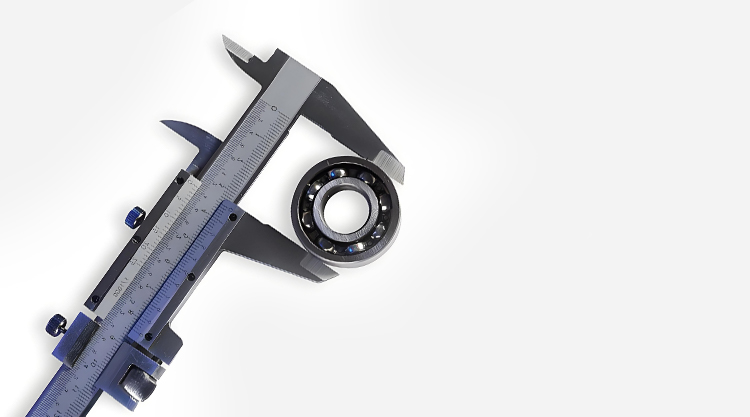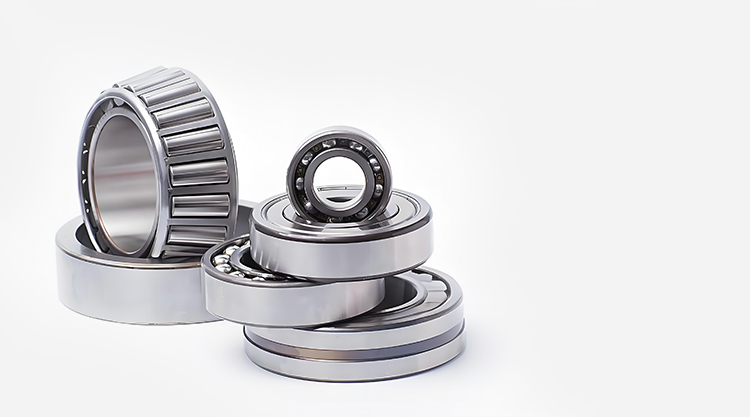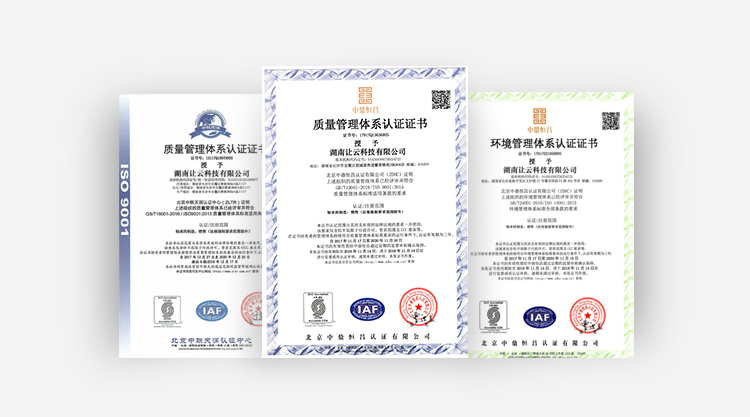Do new bearings require grease? A Comprehensive Guide to Bearing Lubrication and Main
In the operation of industrial equipment, bearings play a vital role. Many users often wonder when replacing new bearings: do new bearings need to be greased? Improper lubrication may lead to shortened bearing life, frequent equipment failures, and even downtime losses. This article will analyze in detail whether new bearings need to be lubricated, as well as lubrication precautions under different working conditions.
I. Are new bearings pre-greased at the factory?
In most cases, new bearings are pre-filled with suitable grease at the factory. These products are called “pre-lubricated bearings.” For example, common deep groove ball bearings, self-aligning ball bearings, and pillow block bearings are usually filled with a certain proportion of grease and sealed with dust covers or shields. This means users can install them directly without adding additional grease.
However, not all new bearings contain grease. For some open-type bearings or those used in special conditions (such as high temperature, high speed, or vacuum environments), they are usually not pre-filled with grease, and users need to select lubrication according to the specific application.
II. Criteria for determining whether new bearings need greasing
To determine whether a new bearing needs greasing, consider the following aspects:
2.1, Whether it is a sealed bearing
Bearings with shields or seals (such as ZZ, 2RS types) are usually pre-filled with grease and do not require additional lubrication. Open bearings must be greased before installation, otherwise they will be quickly damaged due to dry friction.
2.2, Operating conditions of the equipment
| High-speed conditions | Require special low-friction, high-temperature-resistant grease to avoid excessive temperature rise. |
|---|---|
| High-temperature conditions | Require high-temperature-resistant bearing grease. Common lithium-based or calcium-based greases may not be suitable. |
| Heavy load or impact load conditions | Require higher viscosity grease with stronger anti-wear performance. |
2.3, Manufacturer’s technical documents
Before installation, check the product manual provided by the bearing manufacturer. If it clearly states “pre-filled with grease,” the bearing can be installed directly. If it requires user greasing, follow the recommended method.
III. Bearing grease selection and application methods
3.1, Selection of grease
Common bearing greases include lithium-based grease, calcium-based grease, high-temperature grease, low-temperature grease, and synthetic grease. When choosing, consider the operating temperature range, speed rating, load size, and working environment.
3.2, Control of grease amount
Generally, the grease filling amount should be 30%-50% of the bearing internal free space. Too much grease may cause overheating and increased stirring resistance, reducing bearing life. Too little grease may cause insufficient lubrication, leading to premature wear.
3.3, Greasing methods
Use professional grease guns or injection tools to inject grease from the side of the bearing or through the lubrication hole. Maintain cleanliness and avoid dust or impurities entering the bearing. For critical equipment, a regular greasing and grease replacement plan should be established.
IV. Practical applications in the industrial field
In industries such as machinery manufacturing, wind power, metallurgy, and textile machinery, newly installed bearings often suffer from abnormal noise, overheating, or poor operation if not properly lubricated. Many enterprises’ experience shows:
Sealed new bearings can be used directly, but lubrication should be checked periodically after long operation;
Open-type new bearings must be greased, especially in dusty, humid, or high-temperature environments, where lubrication is even more critical;
High-end equipment (such as precision machine tool spindles) requires special lubricants and may even use oil-air or circulating lubrication systems.
V. Conclusion: Do new bearings need greasing?
In summary, whether a new bearing needs greasing depends on its structure and application environment:
| New bearings with seals | Usually pre-greased at the factory and ready for direct use |
|---|---|
| Open-type new bearings | Must be greased before operation |
| Bearings for special conditions | Must use appropriate grease according to manufacturer recommendations |
Proper lubrication is the key to extending bearing life and ensuring stable equipment operation. For industrial users, understanding the necessity, methods, and intervals of bearing lubrication can not only reduce maintenance costs but also improve production efficiency.
-
10 2025.09When to Choose Ceramic Bearings in Corrosive Environments?
This article will analyze when ceramic bearings should be selected in corrosive environments and how to perform proper selection based on common operating conditions.
-
10 2025.09Unveiling the Golden Film: How This Film Controls the Lifeblood of Global Industry? B
When you swipe through this push notification on your foldable screen phone,
-
10 2025.09Revealing the Core Power of Semiconductor
1. Semiconductor "Involution" Upgrades, CMP Equipment Becomes a Global Battleground
-
10 2025.09Steel Joints of Offshore Wind Turbines: A Hardcore Survival Guide for Bearings in Hig
When hundred-meter-tall steel giants spin and dance in raging waves,




